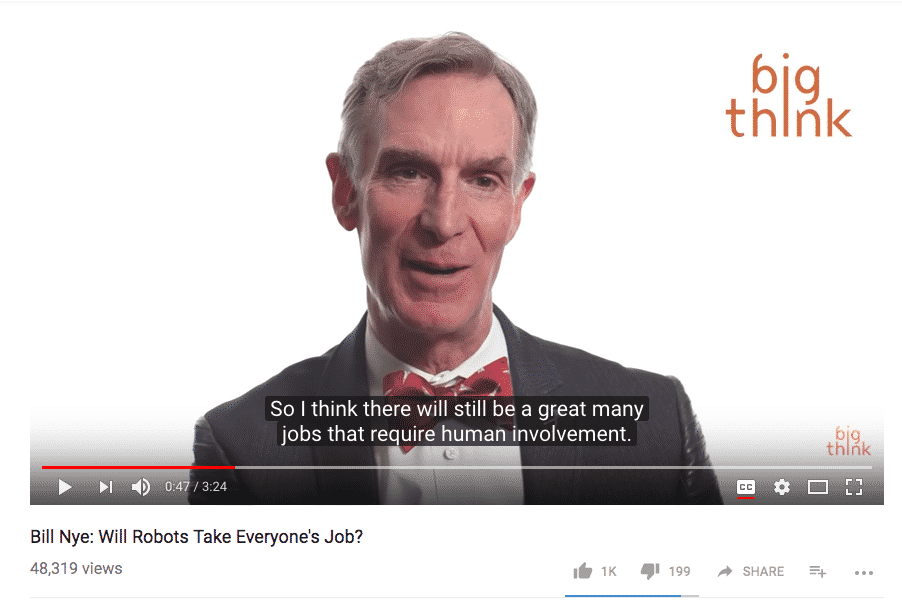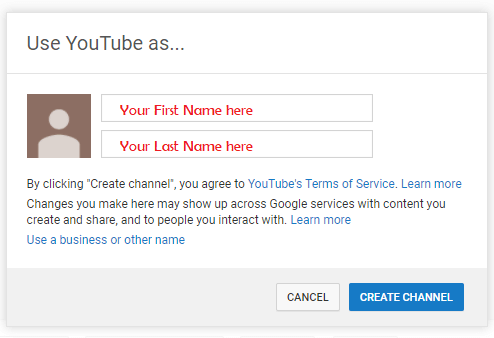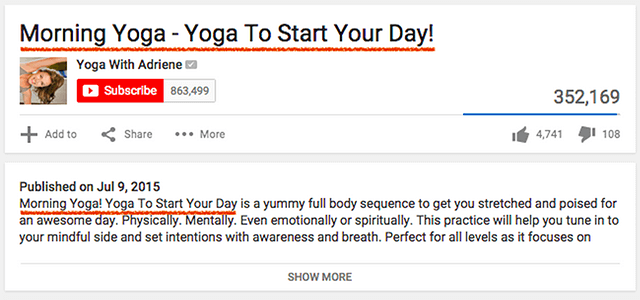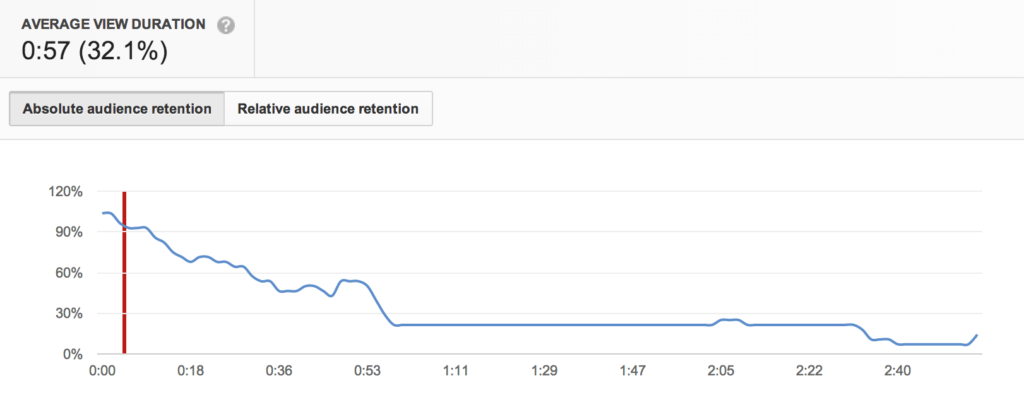We’re more likely to remember images than text, and this is something all neuroscientists will be more than eager to tell you.
After all, they have been trying to tell us for years the effectiveness of visuals not just in advertising, but also in communication and education. But it’s only now that the application of this visual theory is truly becoming mainstream.
Perhaps it’s because times change and so do we, but more than likely, the change is caused by the phenomenon that is YouTube, along with other social media.
So, are you using YouTube in corporate training or classroom teaching? If not, it’s time to step up your teaching strategies with these practical tips that will make learning fun and easy, not just for your audience and students but also for you!

Image credit: Big Think on YouTube
1. Make a Playlist for Every Topic
There are a lot of good reasons why you should create playlists in your eLearning YouTube channel. Before that though, if you don’t have a YouTube channel yet, head on to the platform and create your own account. We recommend using a non-personal email for the creation of the account.
The whole process is easy and if you get stuck at one part, you can always check out our guide to creating your own YouTube channel.

A thousand bought views can attract a thousand more real views from real people, because we are naturally more inclined to watch popular videos than unpopular videos. As more people watch your videos, they’ll rank higher and it will get easier for even more people to find them.
Now that that’s out of the way, you should know that playlists can help viewers keep track of your videos. It also can put your channel in tip-top shape by organizing content by subjects, modules, levels, etc.
Playlists may also make your viewers want to stay and watch your channel longer, because it’s easier than clicking another video or making a new search.
2. Make Your Videos Interactive
Interactive videos are fun and rarely boring. If your videos are interactive you’ll attract more learners, and teaching will be easier because of the level of engagement involved in watching such videos.
Creating informative and educational interactive videos or learning how to make them is easier than you think.
Here is an example.
3. Make Them Easy to Download
You need a third-party service to download a YouTube video, but if you’re going to make your videos available from multiple sources, make the download process painless for your viewers.
Compress your video files and make downloading easy for everyone. Making your videos available for download will be helpful for your students. They can easily go back to the video and watch it again, and anywhere where WiFi isn’t available.
4. Produce High-Quality Videos
Learn how you can make high-quality videos on your own. Find out the best equipment you can buy for making videos and learn the basics of editing.
Whether they’re watching from mobile or other devices, YouTube users prefer high-quality videos and your students won’t be any different.
Nobody wants to watch grainy videos with poor sound quality, for example, and to ask your audience to watch and retain information from watching them will be like torture. Make learning — and teaching easy!
5. Provide Transcripts for your Videos
85% of Facebook video is watched without sound. Now, YouTube is not Facebook, but that number is a fair indication of people’s preference for watching videos.
There are plenty of reasons why people might like watching on mute. If they’re outside and they don’t have earphones or if they’re hard of hearing, whatever the reason, closed captioning your videos will be a wise move. So, learn how to caption your videos, and post those transcripts in the description.
Video transcripts may also help you gain more traffic. A study into the SEO of YouTube videos confirms that videos with transcripts tend to rank higher than videos without. This is because you’re adding a whole lot of keywords to your video page, which will help Google rank it effectively.
6. Make Helpful Video Descriptions
Aside from captions, add comprehensive video descriptions to your videos. Provide an overview of the video’s content not only to help your viewers understand what the video is going to be about, but also because video descriptions help in SEO.

Image credit: YouTube Creators
If you don’t know what keywords to use, check out what YouTube recommends and learn how to make smart video descriptions.
7. Use an External Microphone/Camera
Don’t rely on your laptop’s internal microphone for recording. To ensure quality audio, consider investing in a good external microphone and/or camera. Your students will thank you for it!
Also, while many of the most successful YouTubers started without any professional equipment, the days when YouTubing was nothing but a hobby with hobby-quality production values are over. Most creators have upgraded and taken the professional route. Even if you don’t plan on becoming an official YouTuber and you’re content to just use the platform to host all your videos, you should still keep that option open.
8. Include Faces in Your Videos
Do you know that our brains naturally seek faces? We like looking at faces. It’s why we see faces even in unlikely objects.

Do you see it?
Image credit: ShortList
So, aside from graphs and numbers, why not include your face every now and then? Our brain responds to it and it’s linked to how we form and store memories.
9. Consider Expanding your Video’s Reach
YouTube attracts a global audience with 80% of traffic coming from outside of the US. Expand your videos’ reach to include not just your students and trainees but any and all viewers who are interested in your content.
Do you know that educational content is one of the more popular niches on YouTube? There’s quite an audience for educational videos, and it appears that there are a lot of YouTubers who have become popular from making educational and entertaining videos.
To reach a wider audience, promote your videos and work on attracting more subscribers. Build your view count up because YouTube favors popular videos, and shows them more often on search results. The more popular your videos are, the more views they’ll attract. Find some collaborators to share audiences with.
You can help this process along by buying YouTube Views. Buy from reputable sellers that offer high-retention views, and read our reviews to help you choose the right provider.
The more popular your videos are, the more people you’ll be able to help.
10. Use the Audience Retention Report
Use YouTube’s Audience Retention Report to find out which parts of your videos resonate the most with your audience. Look at the engagement data you’ll get, and optimize your video content according to what your viewers find most interesting.

Image credit: MWP
The information an Audience Retention Report can provide is something all educators looking to make a connection with their learners will appreciate. So, check it out and take advantage of it.
Learning is Fun on YouTube!
We’re all visual learners. We all learn in the same ways and take in new information more actively through the eyes.
In this day and age when YouTube is even more popular than TV, it’s easy to bring your lessons to the small screen where you’ll be able to reach more people than the average teacher. Your lessons and expert teachings can benefit not only your students but the entire world.
So go ahead, start your own YouTube educational channel today!
Date: October 13, 2017 / Categories: Tips, / Author: Chell